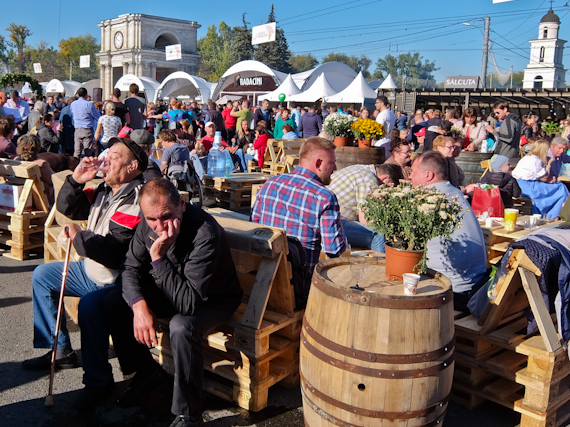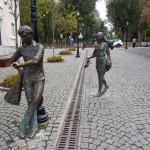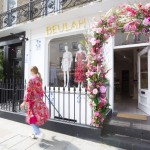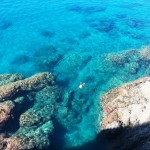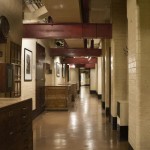I’m in Moldova, in one of those bling mansions that wouldn’t be out of place in Essex – stone columns, crystal chandeliers, long velvet curtains, and a full-length mural on the stairs – the difference is that you wouldn’t find chicken and pigs running around outside.
I’m waiting for an audience with the Gypsy King of Moldova, Arthur Cerari, and this is his palace.
Soroca, in the northeast of the country, is home to around 10000 Roma and they all live on this hill overlooking the Dniester River, many in similar flamboyant mansions. All this exoticism seems out of place in this shabby town of broken pavements and potholed streets, but it’s understandable. After centuries of persecution, Roma are now allowed to own land and flaunt their wealth.
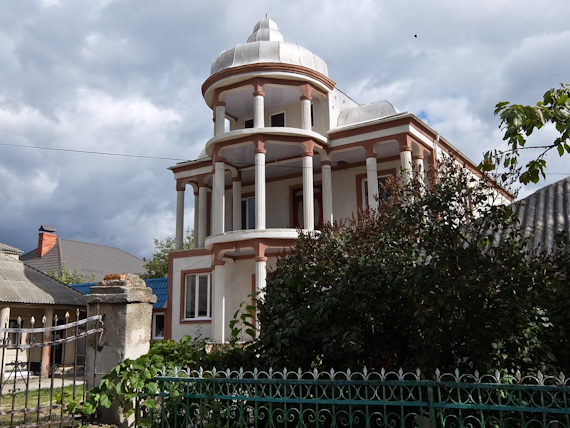
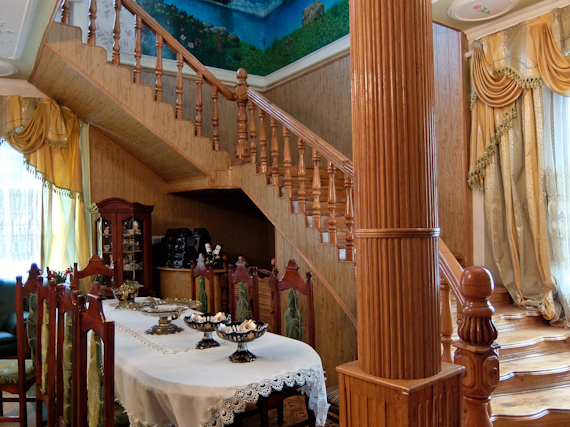
Moldova was part of Romania until the end of WW2 when the Russians took over and established the Moldavian Soviet Socialist Republic. It remained an agricultural backwater, the perfect retirement home for politicians and KGB officers, and the infrastructure was sorely neglected. The roads are some of the worst I’ve encountered in Europe, and horse and carts and the occasional clapped out Lada, make up the sparse traffic.
Apart from Gypsy Hill, Soroca has a huge five-towered 16th-century fortress commanding the Dniester River bend. It was built as a defence against invading Tartars, Cossacks, Poles and Russians, part of a chain which comprised four forts on the Dniester, two forts on the Danube and three forts on the northern border. It’s been recently restored and it’s worth climbing to the top for the views from the battlements along the river.
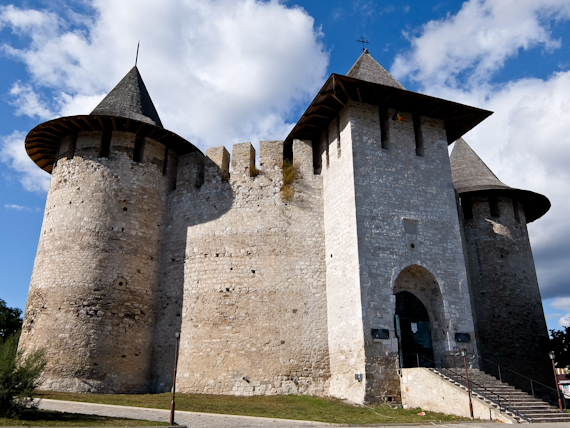
Travelling south to the capital, Chisinau, across a landscape of undulating black earth steppe, there’s a feeling that the country is completely underpopulated. I learn, however, that it’s an old Soviet trick – they deliberately routed the roads away from the towns to keep out prying eyes. Another legacy is the rows of walnut trees lining the roads and the country is still one of the world’s largest producers.
I make my way to the village of Orheiul Vechi, Old Orhei, nestling in a narrow bend of the Raut River. Rising above it are steep limestone cliffs containing around 150 caves. People have lived in them since prehistory but their last occupants were hermits from the Pestera monastery. They’re long gone but the Saint Maria cave church is still used by the locals and is one of the biggest tourist attractions in Moldova.
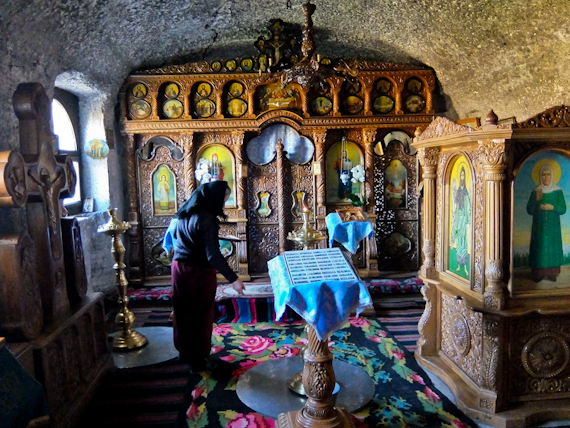
You follow a narrow rock passage and emerge into a complex of 11 separate rooms decorated with icons and lit by candles. Just before the stone altar is an elderly white-bearded priest giving blessings to those who ask. Openings in the side of the rock allow in daylight and there’s a flight of steep stairs to the river below. On the ridge above there’s a massive stone cross and a bell tower marks the location of the church.
The limestone in this region has long been quarried and on the outskirts of Chisinau, there’s an underground wine city. Milesti Mici winery has 125 miles of tunnels, and you drive along its wide streets, each named after the wine stored in the racks alongside, to the tasting room. Apparently, there are over 1.5 million bottles here, and it’s listed in the Guinness Book of Records as the world’s biggest collection of wine.
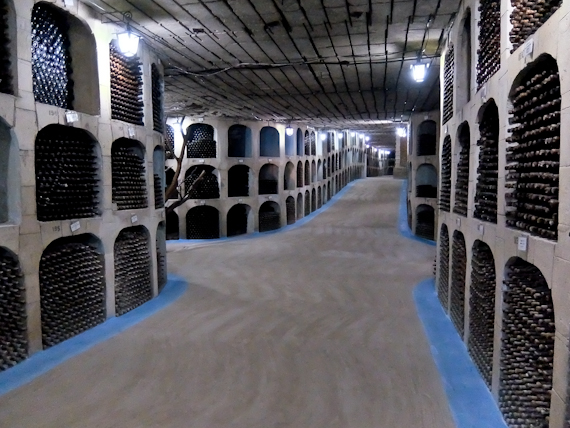
There was a devastating earthquake in Chisinau in 1940 and what was left was flattened by fighting in WW2. It was rebuilt by the Soviets in classic Stalinist style – think grey concrete blocks of flats crumbling at the edges. Stefan cel Mare Boulevard, the main avenue, has some classic twenties Russian buildings, including the National Opera and City Hall, and leads to the Triumphal Arch commemorating the victory of Russia over Turkey in 1829.
It’s national wine day and the park by the Arch has been transformed into a huge open-air bar, complete with singing and dancing. Moldovan wine has been gaining international recognition, and most of its wineries are offering samples here. Of course, it’s amazingly good value and later I stop at Carpe Diem wine bar and shop which specialises in quality wine from small producers. Some are using indigenous grapes, like Feteasca Alba and Rara Neagra, but it’s the wines made from international varieties which stand out.
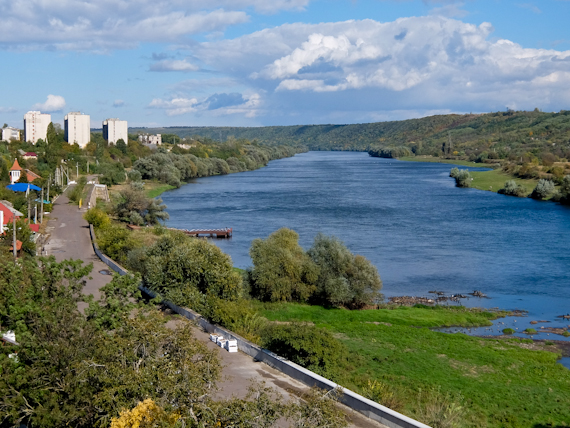
To get a real insight into what life was like during the Soviet period, I take a day trip to Tiraspol in Transnistria, a long, thin strip of a country sandwiched between the River Dniester and the Ukrainian border. It’s a renegade state, created after a brief war in 1992, caused by the people deciding to stay with Russia. Not for nothing has it been called “the last remaining Stalinist dictatorship in Europe”.
At the border crossing, officious soldiers in Russian uniforms, hand out day passes, written in Cyrillic, and the city feels like a Soviet theme park. There’s a huge Lenin statue outside the parliament building and opposite a T-34 tank stands proudly guarding a monument to those killed in WW2. It’s a far more attractive city than Chisinau, as it was spared the earthquake. Empty streets border leafy squares with well-tended flower beds, and you get the impression that nobody steps out of line.
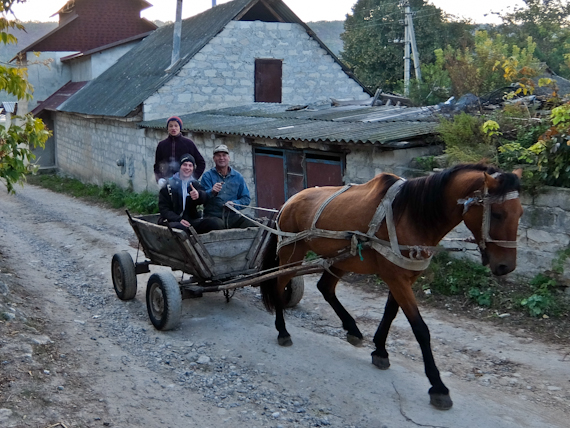
So back to my encounter with the Gypsy King in Soroca? He’s clearly somebody very important as I see on his mantelpiece various commendations including one from the President of Moldova. I’m intrigued where his wealth comes from and his son tells me he’s in the import/export business. It’s obviously a sensitive subject and I begin to worry I’ve been asking too many questions. Since there’s no sign of the King, I make my excuses and leave.
Tell Me More About Moldova
Ways Travel has various tours in Moldova and can also include Transnistria, Ukraine and Romania.
WizzAir flies to direct to Chisinau from London Luton.

